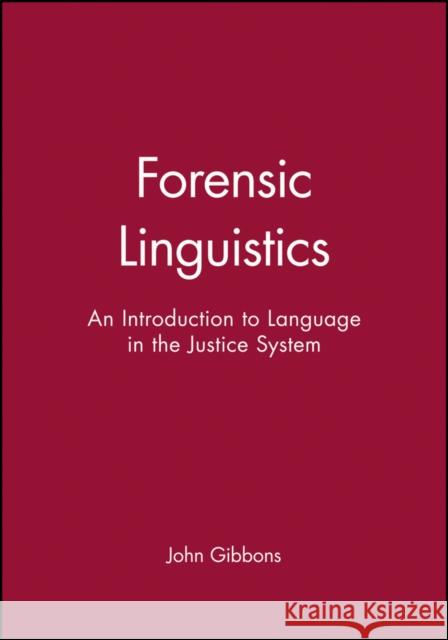Forensic Linguistics » książka
topmenu
Forensic Linguistics
ISBN-13: 9780631212478 / Angielski / Miękka / 2003 / 352 str.
Forensic Linguistics
ISBN-13: 9780631212478 / Angielski / Miękka / 2003 / 352 str.
cena 239,59
(netto: 228,18 VAT: 5%)
Najniższa cena z 30 dni: 238,60
(netto: 228,18 VAT: 5%)
Najniższa cena z 30 dni: 238,60
Termin realizacji zamówienia:
ok. 30 dni roboczych
Dostawa w 2026 r.
ok. 30 dni roboczych
Dostawa w 2026 r.
Darmowa dostawa!
Forensic Linguistics is an introduction to the fascinating interface between language and the law.
- Provides an integrated and fully theorized understanding of language and law issues.
- Contains many helpful examples from genuine legal contexts and texts.
- Discusses linguistic sources of disadvantage before the law, particularly for ethnic minorities, children and abused women.











